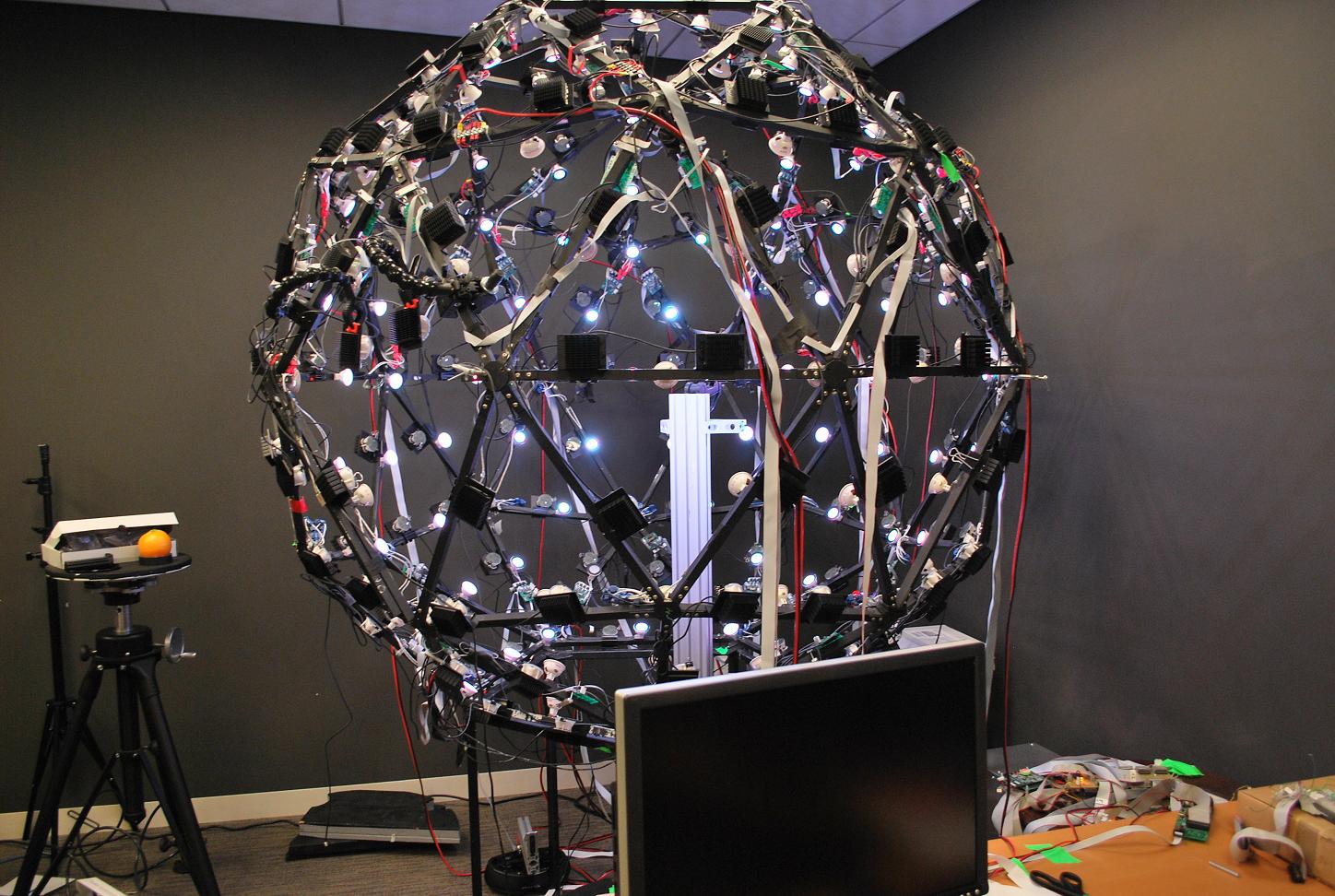First I have to ask why .... it is not the most attractive thing ... maybe if the LEDs pointed outwards?
I would not get too hung up on the price of the LEDs, I expect everything else will cost a lot more ... mechanical, heatsinks, drive electronics, etc.
Issue with "Charlieplexing" .. or multiplex drive, typically used for LED displays and the like, is that it is scanned. I.e. duty cycle is not 100%. That and you have to send the same "signal"/voltage to every LED. That almost forces you into say a 5V supply and linear drive.
You could do a modification on the above and use Charlieplexing only for control and run a 5V line to each LED.
Then again if I was building it I would likely whip up a custom board with the LED on it, simple serial communications with a dirt cheap micro, and power control. Not sure I would run 5V to every board .... lots of current but really simple, or use a higher voltage constant current drive for a grouping of LEDs.
Semiman



